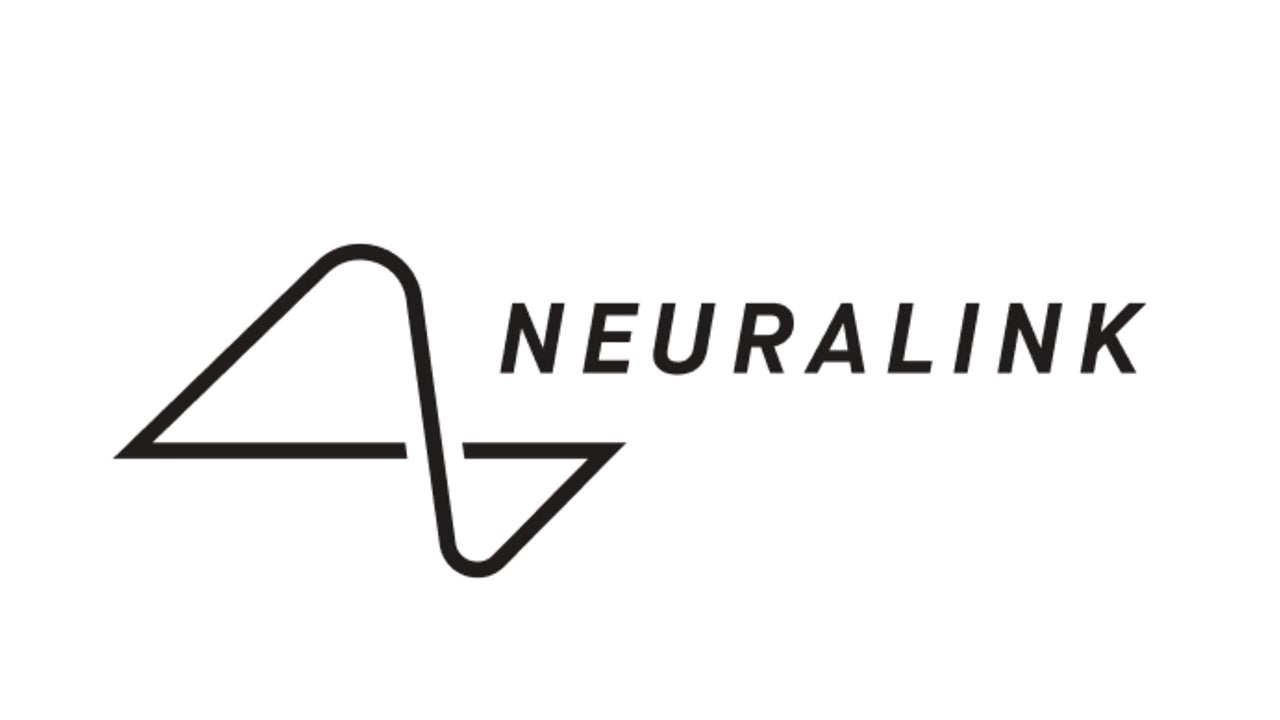Neuralink has revealed plans to change how it surgically implants brain-computer interfaces in human patients, after shifting air bubbles contributed to a number of electrode-bearing threads retracting from the brain of the first trial participant to receive the experimental technology.
In January earlier this year, Neuralink co-founder Elon Musk revealed that his California-based neurotechnology company had successfully implanted an ‘N1’ brain-computer interface (BCI) in the head of its first human patient, following a lengthy, and oftentimes controversial campaign of animal testing.
During the operation, a circular hole was cut in 29-year-old American Noland Arbaugh’s skull, allowing a robotic surgeon access to his brain, where it inserted a set of 64 electrode-studded threads into key areas of his brain. These threads are tasked with relaying information up to the ‘N1’ implant embedded in Arbaugh’s skull, which transmits the neural data to an accompanying Neuralink App via bluetooth, where it is translated into executable actions, such as the movement of a computer mouse.
This initial interface – known as Telepathy – is designed to help restore independence to those living with paralysis, by allowing recipients to swiftly and intuitively interface directly with their phone or computer using only their thoughts, removing the need for physical movement.
— Neuralink (@neuralink) July 10, 2024
In the months following the surgery, Arbaugh – who had been paralysed from below the shoulder after sustaining a spinal injury in 2016 – was indeed able to regain a level of independence that had been unattainable prior to receiving the implant. He swiftly broke the record for peak BCI performance, and during his downtime is now able to use a computer, and play video games such as Sid Meier’s Civilization 6 with minimal help from carers.
However, the device has since encountered a significant issue, which has seen a number of the electrode-bearing threads retract from Arbaugh’s brain, leading to a drop in the performance of the BCI, which was later improved by tweaking the data collection algorithm.
During an update streamed live to X earlier this week, Musk, alongside a team of Neuralink scientists, revealed that just fifteen percent of the threads in Arbaugh’s brain were still functional. Furthermore, according to Neuralink’s head of surgery Matthew MacDougall, the sensor-bearing filaments may be retracting partially as a result of a surgical technique used to manipulate the size of the brain during the implant operation.
“There’s this little known control mechanism of allowing the CO2 concentration in the blood to rise a bit, which allows the brain to either expand or contract depending on where you target that CO2,” explained MacDougall. “But typically, neurosurgeons will have the brain shrink by lowering that CO2.”
This process can create an air pocket to form at the front of the head during surgery, which MacDougall believes may have later shifted to the top of the skull, pushing the brain away from the implant, while causing a number of the sensor-laden threads to retract.
“What we’re going to do in our future surgeries is keep the CO2 concentration actually quite normal, maybe even slightly elevate it [as] that’ll allow the brain to stay its normal size and shape during surgery,” continued MacDougall. “That should eliminate this air pocket that we saw in the first participant.”
Neuralink is also considering sculpting the outer surfaces of the skulls of future patients to ensure that the bottom of the implant will sit flush with the interior bone layer of the skull, which will bring it closer to the brain, and eliminate some of the tension on the sensory threads. The company is also planning to broaden the range of depths to which the electrodes are embedded in the brain. This will help ensure that the sensors are tracking signals from the correct layer of the brain, while also providing data on the extent to which the threads are shifting, if indeed they do following future surgeries.
Musk also took the opportunity to touch on his ambitious long term plans for the technology, which he hopes could one day be used to restore bodily functionality to those who have suffered spinal injuries, or lost limbs as a result of an accident. During the live update, the group discussed – and noted the inherent difficulties – of using neuralink implants to send electrical signals from the brain to parts of the body while bypassing damaged sections of spine, or by using those same impulses to manipulate the movements of a robotic limb.
Another major goal is to mature the technology to allow implants to not only read electrical signals from the brain, but to impart electrical impulses as well. This could allow future generations of the tech to grant users haptic feedback, while clicking a mouse for example, and is a necessary step in the company’s ambitious goal to use implants to stimulate the brain in order to restore a form of vision to the blind. “The initial resolution for vision will be relatively low, you know something like Atari graphics type of thing, but over time, it could potentially be better than normal vision,” said Musk.
The billionaire hopes that the technology might one day become as ubiquitous and accepted as Lasik eye surgery, while enjoying a similar level of automation for both accessibility, and consumer purposes.
“We need to have something similar for a Neuralink implantation, so that you basically sit down and whatever kind of upgrades or brain fixes are needed, that’s reviewed by a medical expert, we want to make sure that that’s reviewed correctly,” assured Musk. “But it really needs to be automatic, so you sit down, and within ten minutes you have a Neuralink device installed. It’s very sort of Cyberpunk, you know, Deus Ex, if you’ve played those games.”
Looking even further to the future, Musk hopes that the implants could one day allow humans to interact with technology and convey information at a rate that would help humanity mitigate “the civilizational risk of A.I.”.
As it stands, BCI tech is still very much in its infancy, and so it will be a long time indeed before Musk’s Cyberpunk-esque ambitions come to pass. In the short term, Neuralink is looking to continue improving the capabilities of its implants to allow its users to communicate at speeds that exceed those of ordinary human beings.
“The current device has 64 threads with 16 electrodes on each thread,” said Musk. “Our next device has 128 threads with eight electrodes per thread, because as we get more confident about where exactly to place the thread, you need fewer electrodes per thread. So without substantial changes we can actually double the bandwidth if we’re accurate with the placement of the threads.”
Neuralink is planning to implant a BCI interface in its second patient sometime later this month, and has ambitions to have “high single digits” of human trial participants by the end of the year. Musk also noted that, depending on regulatory approval, and technological progression, it is possible that the company could have “thousands” of implant recipients within the next few years.
For more science news why not read up on the discovery of phenomenally well preserved fossil chromosomes in the skin of a 52,000-year-old woolly mammoth, or find out about how researchers alarmingly found microplastic in every human testicle analyzed in a recent study.
Image credit: Neuralink.
Anthony is a freelance contributor covering science and video gaming news for IGN. He has over eight years experience of covering breaking developments in multiple scientific fields and absolutely no time for your shenanigans. Follow him on Twitter @BeardConGamer











